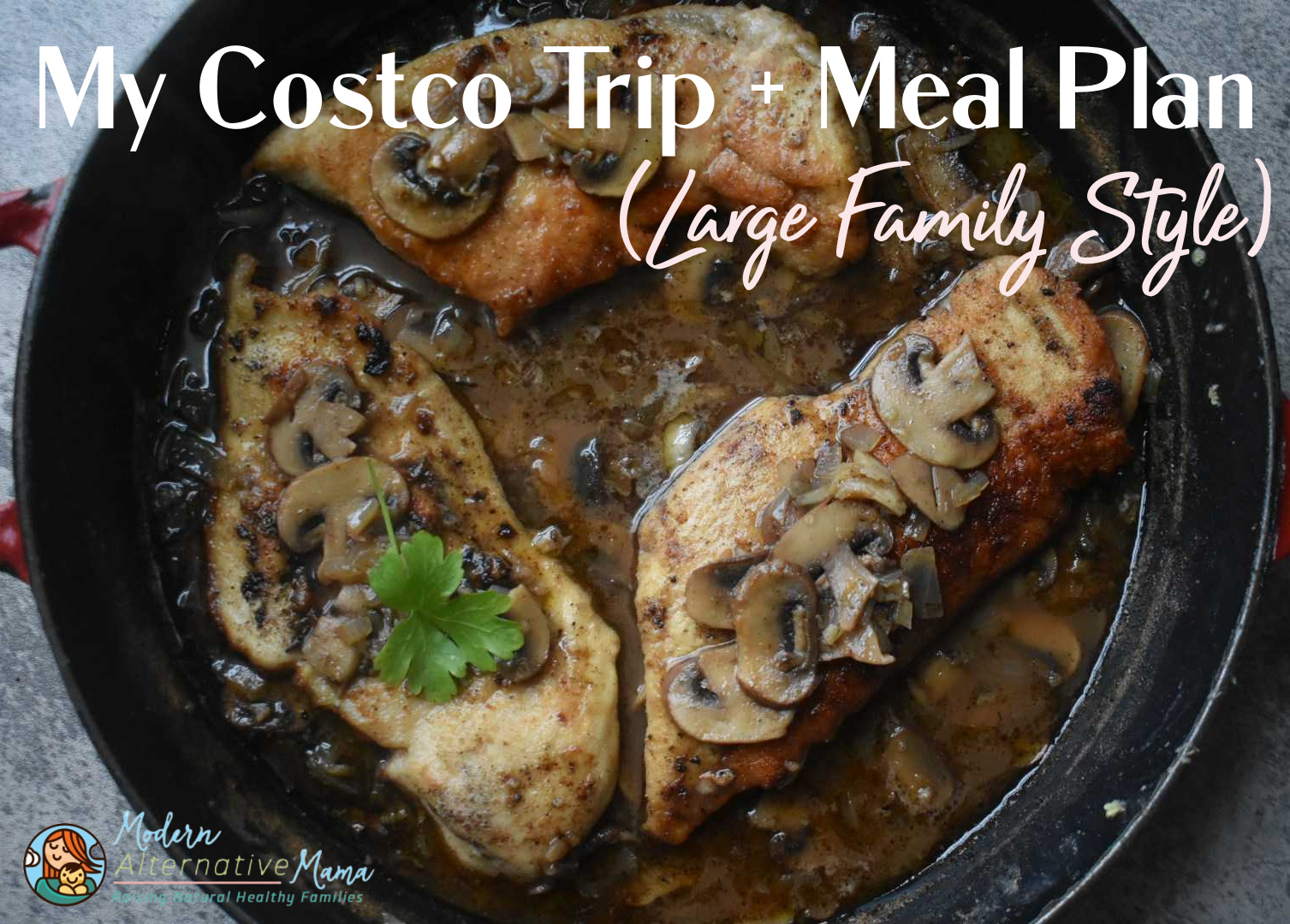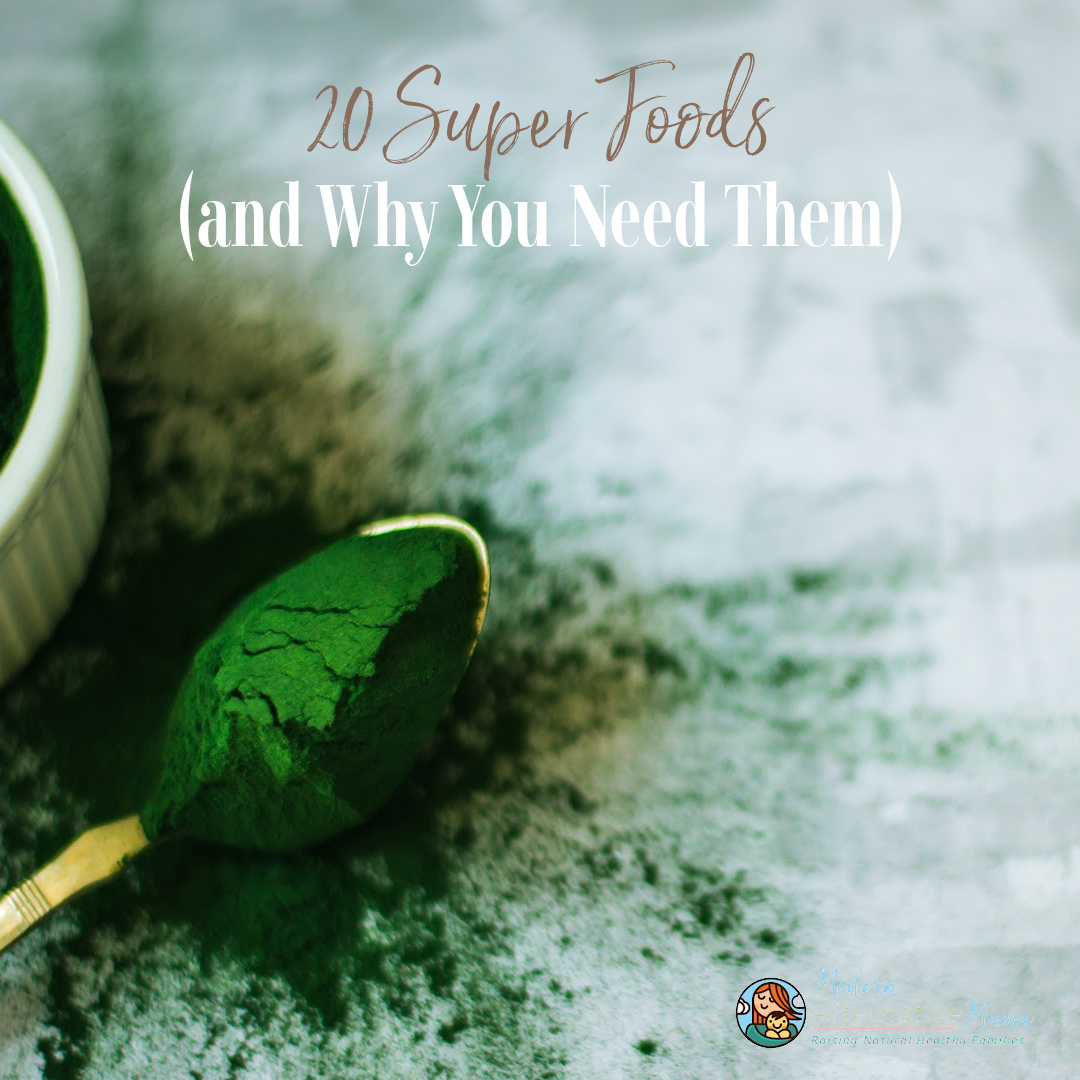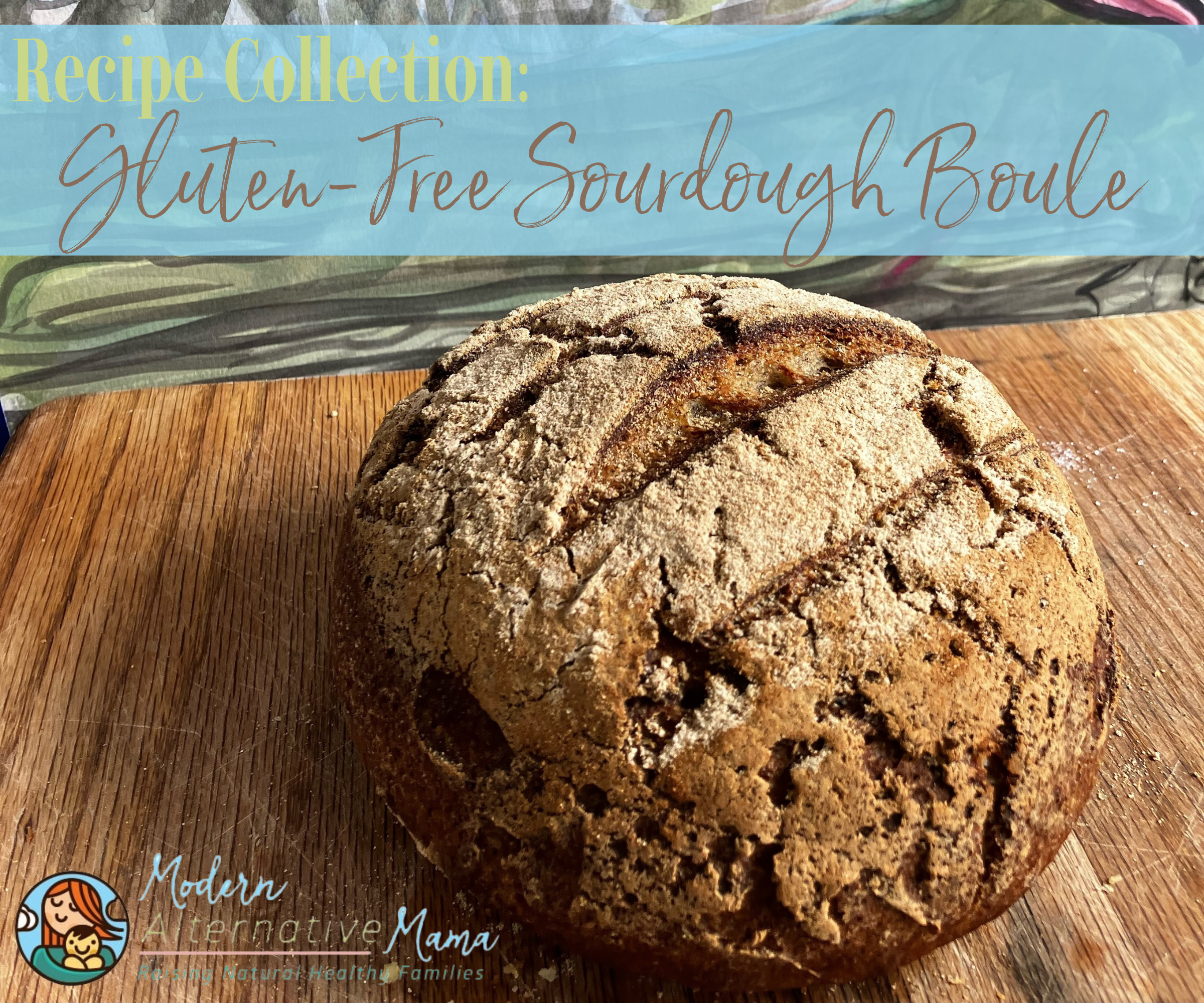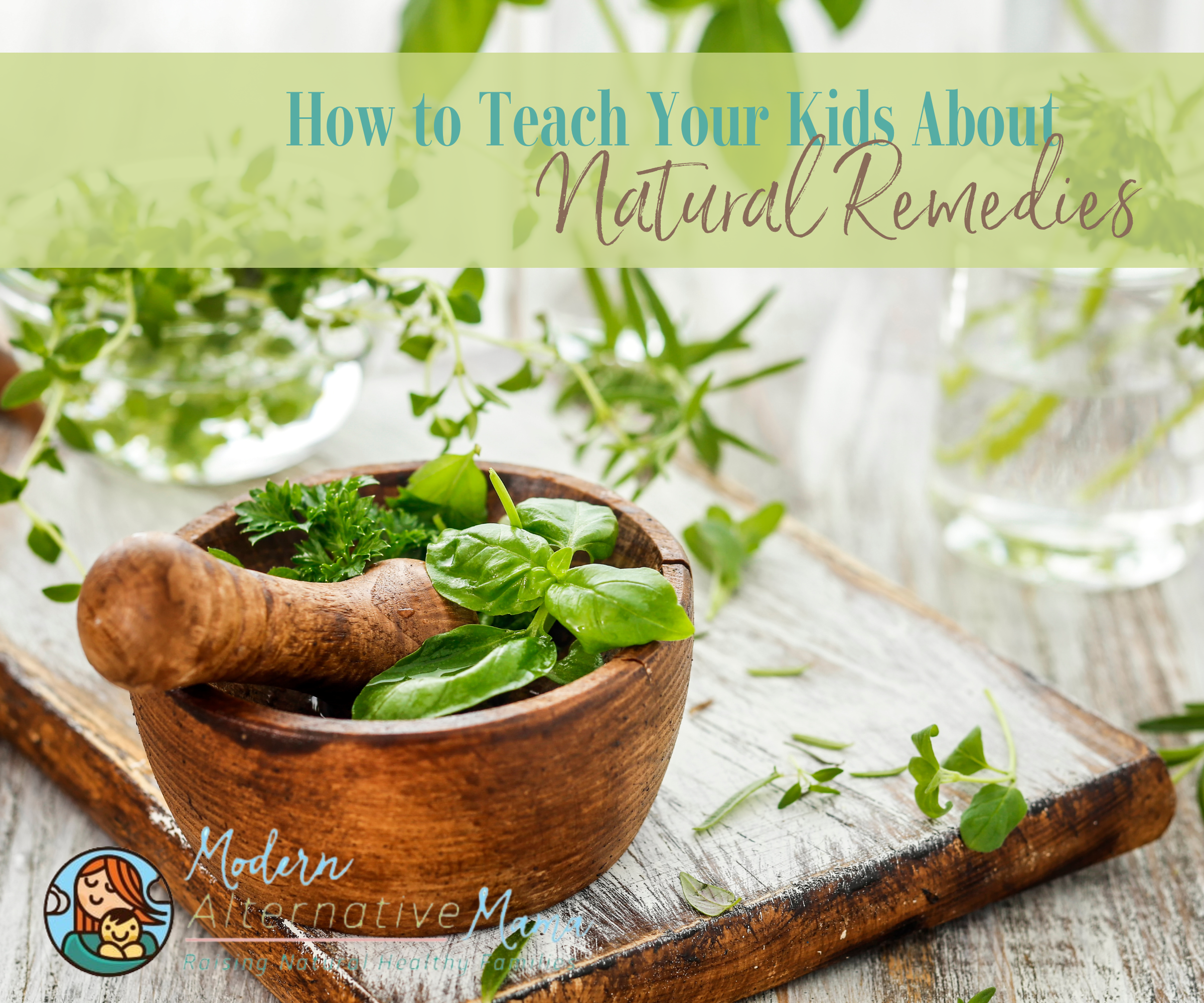When you are eating “real food” on a regular basis, you know that meat prices, always one of the higher areas of the food budget, can be even higher. Boneless, skinless chicken breast is often $6.50/lb. or more. Grass-fed ground beef is $6/lb. or so! That adds up fast, especially if you are on a special diet (like GAPS) that requires a lot of meat.
It can be tempting, at times, to go back to grocery store meat that cost just $2 – $3/lb. But the cost, in my opinion is too high — this meat is not nearly as nutritious and is likely to be contaminated with bacteria, arsenic, and more.
But the budget concerns are legitimate. Buying at a farmer’s market can save — I’ve seen grass-fed ground beef ranging from $3.50 – $4.50/lb. at the market this year, which is a lot more affordable!
This is just for the cheapest cut, though. Supposing you would occasionally like roasts or steaks, you’re looking at prices from $6 – $20/lb! Luckily, there’s another way.
Buying a Whole Animal
This doesn’t necessarily mean the whole animal. It could, but it could also mean a half, or a quarter, or a side. Basically, a bulk meat purchase instead of buying it “by the cut.” When you do this, all cuts come at the same price! That means that ground beef might be slightly cheaper…but that steak is a lot cheaper!
If your family really likes to eat steak, this is going to be a great deal for you. Porterhouse steaks for just $3/lb! If you don’t really like steak, it may not be your best option. It’s important to do the math on what you would usually buy and see if it really works out to good savings for you.
Still, I think it’s often worth it — we paid $2.50/lb. plus processing for ours, and even if we’d decided to turn it all into ground beef (which we could have), we still got bones and suet (raw fat) thrown in. Tallow is expensive to buy, but extremely cheap to render yourself. I also got roasts that I was able to turn into jerky for quick, healthy snacks. So even though it wasn’t as good a deal as if we really liked steak, it still worked in our favor. And as it happened we sold some of our steaks at 30 – 40% off “retail” to friends, so we all won in that deal.
How to Buy
First, you need to find a farmer that you trust, that you know raises his animals well. That means, ideally, that they are 100% grass-fed, or fed whatever is appropriate for that animal (pigs will get other foods too…I’m still seeking answers on an ‘ideal’ diet for a pig and will post on that when I figure it out!).
Ask lots of questions before committing to a purchase, because this is going to be a large chunk of money and enough meat for several months. A half a cow might last an average family 6 – 12 months! (Now, with us, on the GAPS diet, and being rather meat-heavy anyway…a whole cow, just over 500 lbs., lasted us only 6 months. Yes, really. We paid about $2000 for this. Yes, we’re working now on making this situation even more frugal….)
Here are questions to ask:
- What do you feed your animals? (cows — ideally 100% grass/hay)
- Do you use antibiotics or hormones? (antibiotics are only okay on an “as needed” basis, never on a “preventative” basis, and animals given antibiotics shouldn’t be slaughtered until a vet has cleared them)
- Can I come visit your farm? (it needs to be clean and friendly…if the farmer says ‘no’ or seems edgy, skip it. If the farm is dirty, no!)
- What are your options for purchasing in bulk? (Whole, half, quarter, side, eighth…what exactly do they allow?)
- How soon are animals available? (It may take several months, depending on how many are on the farmer’s list and how many animals he has. Make sure their timetable fits yours.)
- What is the price per lb.? (Ask if this is take-home or hanging weight. This makes a difference. Most are based on “hanging weight,” which is the animal after slaughter and it internal organs/blood are removed, but before it is cut at all. This means you will pay for things you don’t actually get, upping the price per lb.)
- Are there additional fees? (Many farmers will ask you to pay the butcher’s fee directly. Your “price per lb.” is just what you owe the farmer for the meat. Ask the butcher what their fee is too.)
- Do I have a choice of cuts? Can I get bones and/or fat too? (You will have some limitations on cuts, because animals only have so much available of each cut. But you should have the choice to have things cut different ways, packaged different ways, and to be turned into ground meat if you don’t want all the other cuts. For example, you can ask for “fresh side” instead of bacon, to avoid nitrates in the processing. You should also try to get as many bones and fat as possible so that you can make use of these for stock and cooking!)
- What is the average weight of this animal? How much take-home meat can I expect? (Different animals will have different weights depending on type, breed, age, etc. Find out about how much you can expect. Although this can vary. Cows can be 500 – 800 lbs. hanging weight, pigs can be 75 – 120 lbs.)
- Do I need to be involved with the butcher at all? (Sometimes yes, sometimes no. A farm may handle everything for you — setting it up with the butcher, letting them know what cuts you want, picking it up, and delivering it to you. Expect to pay more for this. Or, they may send the animal in and have you call the butcher directly with your instructions, and you have to go pick it up yourself. Know what is needed from you ahead of time, and know the name, location, and contact information for the butcher if needed.)
- Once my animal is sent to the butcher, how soon can I expect it to be ready? (Some animals must hang for several days or a week before they can be cut. This means it may be 7 – 10 days before your animal is ready for pick up after it is sent in.)
- Will you tell me when my animal is getting sent in, and will I be notified when it is time to pick up? By whom? (If you are to be involved with the butcher, you will definitely need to know what date your animal is getting sent in, so that you can call the butcher and discuss cuts. You should be warned a few weeks in advance that your “turn” is coming up if you are on a list. You should also be notified when your animal is finished and ready for pick up or delivery.)
- Anything else you think of!
We have purchased two whole animals before, a pig and a cow. For us, personally, a pig was much more worthwhile to buy as a whole. It included almost entirely cuts we actually wanted (vs. a cow where we mostly wanted ground beef and some roasts, but not really steaks) and it was cheaper per lb. A pig will come with sausage, bacon, ham, roasts, ribs, and chops. We only don’t like ribs and you don’t get many of those. Plus, it comes with tons of excellent lard, which is probably my favorite cooking fat! We are hoping to buy a whole pig again soon, although we haven’t found a lot of options to do it right now.
This is how it went for us:
- Contact the farm and let them know we wanted to buy said animal.
- We were given an estimate of when the animals would be ready for slaughter. Sometimes these estimates could be off by several months, depending on how quickly the animals grew. For a pig, we were once told May/June and didn’t get it until September. For a cow, we were told January and got it in January. Pigs seem to be a bit harder to guess.
- A few weeks before the slaughter date, we were contacted and asked if we still wanted the animal and were ready to purchase (always yes). We discussed fees at this point, so we knew about what to expect to pay.
- We were given a date that the animal would be sent in for slaughter, and an idea of when to expect it to be finished.
- We were given contact information for the butcher and told to call within a certain date range surrounding the animal’s entry to the butcher, and told we would need to choose the cuts we wanted and how we wanted them packaged.
- We called the butcher and made our selections. We chose, for example, to have fewer roasts from the pig and more ground sausage, which we had prepared with salt, pepper, and sage. We could have had plain ground pork, salt and pepper, or salt, pepper, and sage.
- We were given an approximate date that the animal would be ready.
- We were called when the animal was ready and had to come pick it up within just a couple days, because they would not store it for us. We were prepared for this, though, since they had given us an estimate.
- We picked up the animal from the butcher and paid his fee.
- We traveled to the farm and paid the farmer’s fee also (and picked up our other items, like eggs and milk, at the same time!).
- We brought the animal home and stored it in our large, outdoor freezers (yes, plural; we needed two when it came to the cow because we also had a bunch of produce from the summer in one of them. We aren’t using the second freezer at this point, but once we begin preserving again and buy another animal we will need to).
- The fun part — eating it! And rendering lard/tallow, making stock, etc. as needed.
That’s it! It’s not that big a deal. And pretty soon I’ll be releasing a book that explains how to save up enough money to make such a bulk purchase (as well as saving money on groceries in other ways). Don’t miss that!
Have you ever purchased a whole animal before? How did it go?






Several years ago we bought half of a cow and it lasted us an entire year. We loved it. The meat was a much better quality and the taste was much better as well. We've wanted to purchase another one every since then, but that one came through a source that we weren't able to track down the farmer. I have recently tracked down a local farm and CSA and put in an order for 1/2 of a grass-fed cow and a whole pastured pig. I am really excited about finally getting some meat that I feel confident in feeding my family. Although it will be a few months before we will have it – I feel good just knowing that it's on its way. The last time we bought a cow, I was unfamiliar with a lot of cuts of meat and didn't make my own broth. This time I will definitely request bones and fat to make better use of our purchase.
we just bought our first 1/4 cow from a farm literally a few minutes down the road! we LOVE it! it truly tastes different, and the kids keep looking for the grass since we talked a lot about what the cow had eaten. we got to visit the farm, meet the lovely couple who run it (4th generation!) and hope to develop a relationship with them as the years go by. we went over for a special trip to pick up the organ meats – they gave us tons of extras from other purchasers who didn't want theirs. they invited us into their farmhouse kitchen (adorable!) and gave us demonstrations on how to cut, clean and cook the heart, tongue and liver. it was great, educaitonal, so fun and now we have some new friends, not to mention an incredible deal on some amazing beef. the butcher was equally helpful in advising me on what cuts to get and what to just have ground up. over all it cost us just around $3/lb, including butchering costs. GREAT deal!!!
[…] Buying a whole or half animal from a local farmer allows you to save money on quality cuts. When you buy a whole or half animal (pig, cow, lamb, etc.), you pay the same amount for every lb of the animal (both ground meat and roasts/steaks). Usually this price is lower than grocery store ground meat, and much lower than the higher quality cuts. Buying local also supports small farmers growing sustainable food and helps boost the local economy. If you decide to buy meat in bulk, make sure that you have enough freezer space before you commit to buying. A general rule of thumb is that one cubic foot of freezer space can hold 30-35 pounds of meat. A whole cow is usually 450 lbs, a pig is usually 144 lbs. Plan accordingly. Used freezers can be easily found on Craigslist or Freecycle. […]